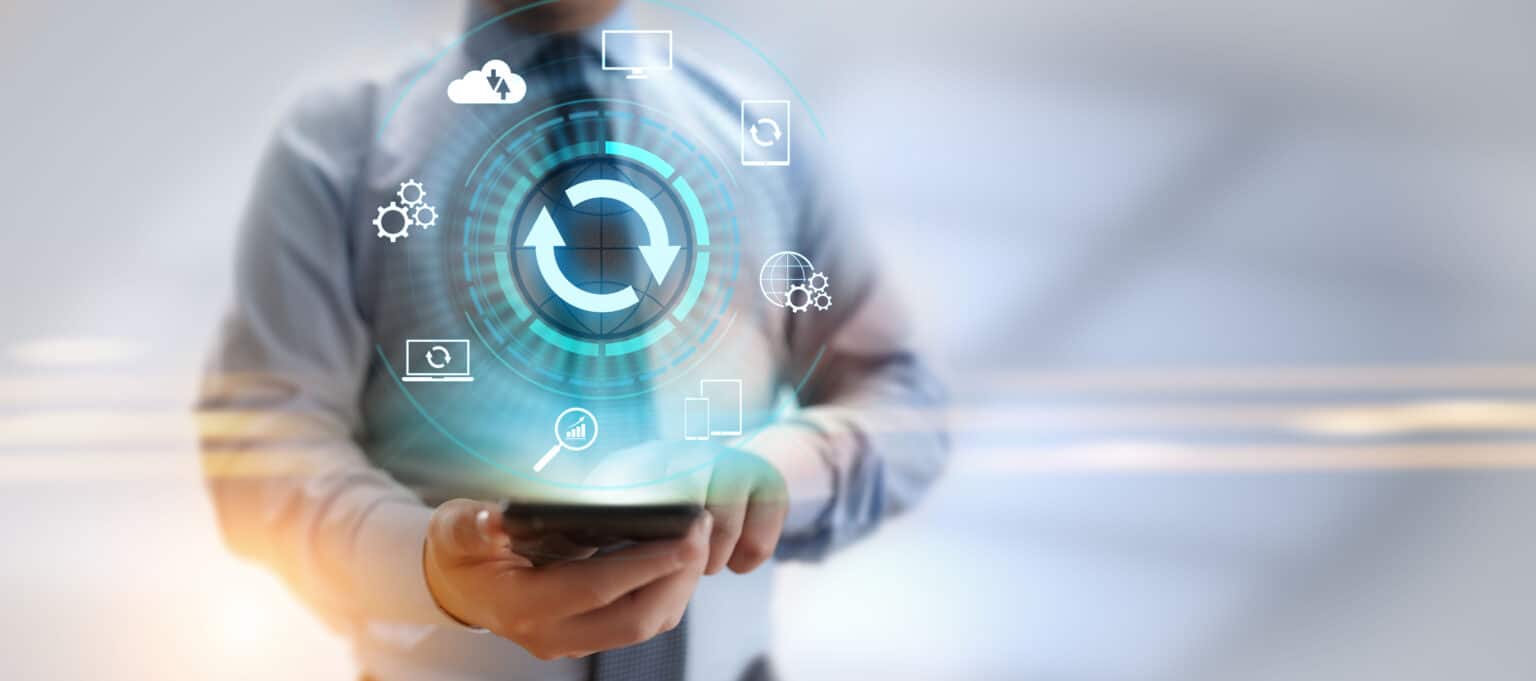Going mobile is the key differentiator in driving paperless asset management (whether EAM, CMMS or CCMS). This is mostly because the use of mobile devices creates a shift in the way that work is completed making it possible to go paperless. Technicians in both maintenance and calibration departments undergo an evolution in the way that they spend their time and complete their work as a result of utilizing mobile devices.
In pharmaceutical manufacturing and other Life Sciences / GMP environments, mobile devices give technicians the ability to automatically route work requests for approval – after work is done, record work, sign off (provide e-signatures) on work and review work on the fly. Technicians can move on to the next job by quickly pulling up their schedules, work orders and procedures. With mobile devices, there is no delay at any given point of time. Technicians’ time shift from completing paperwork and filing records to focusing on completing work.
Mobile devices work together with workflow automation to allow technicians to focus on completing work. For example, check out this graphic:
Some of the mobile form factors mentioned below help technicians, in pharmaceutical, biotech or medical device companies, to be more productive and more focused on completing work.
Calibration Technicians
Historically, calibration technicians have preferred laptops due to the amount of numeric data they are required to enter on the job. The data includes measurement data templates and calibration points. Calibration technicians need to access schedules of work, asset and location information and calibration measurement data templates along with a host of additional information.
We notice calibration technicians moving towards the use of tablets over notebook computers. Tablets are significantly lighter than laptops and are just as convenient when entering numeric data points and transporting within the facility.
Maintenance Technicians
Typically, maintenance technicians need to capture text snippets, checklists and limited numeric data. With this, technicians most often prefer to use tablet devices when performing their work, because tablets are a large form factor to view SOPs and work plan templates. Additionally, tablets are small enough to travel to equipment in the field with the technician.
Rise in Tablets
There is a trend moving toward the use of tablet devices, because they are convenient and light. These devices allow technicians to access and complete all record keeping at the same time that they are completing the work.
This short video shows the Blue Mountain RAM CMMS in use on an iPad:
In our next blog in the mobile series, we will cover some of the benefits and drawbacks of using iPads to do maintenance and calibration work and their effects of FDA / GMP compliance.
Click here to view a recorded version of our “Going Mobile Drives Paperless” webinar.
Read the Go Mobile series:
Blog 1: Going Mobile Drives Paperless
Blog 2: Mobile Work Execution
Blog 4: Microsoft® Surface
Blog 5: Benefits
Blog 6: Dendreon Success Story



